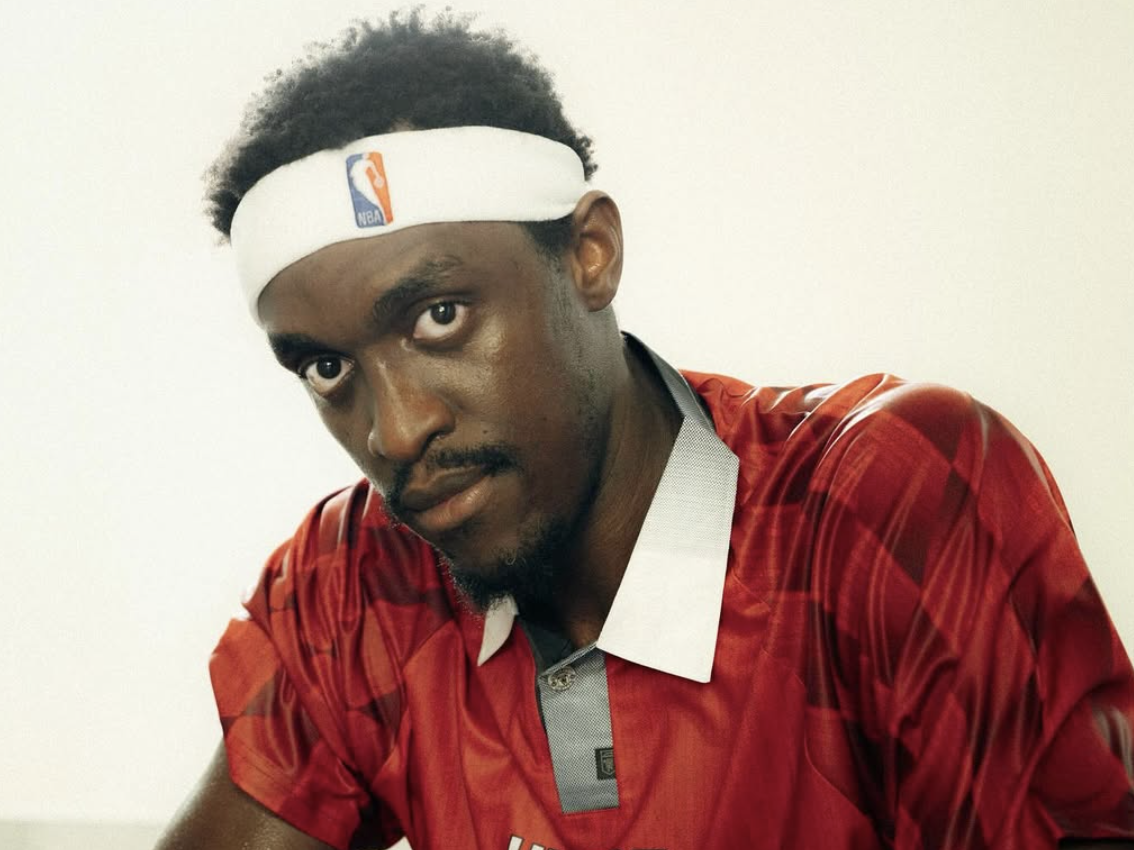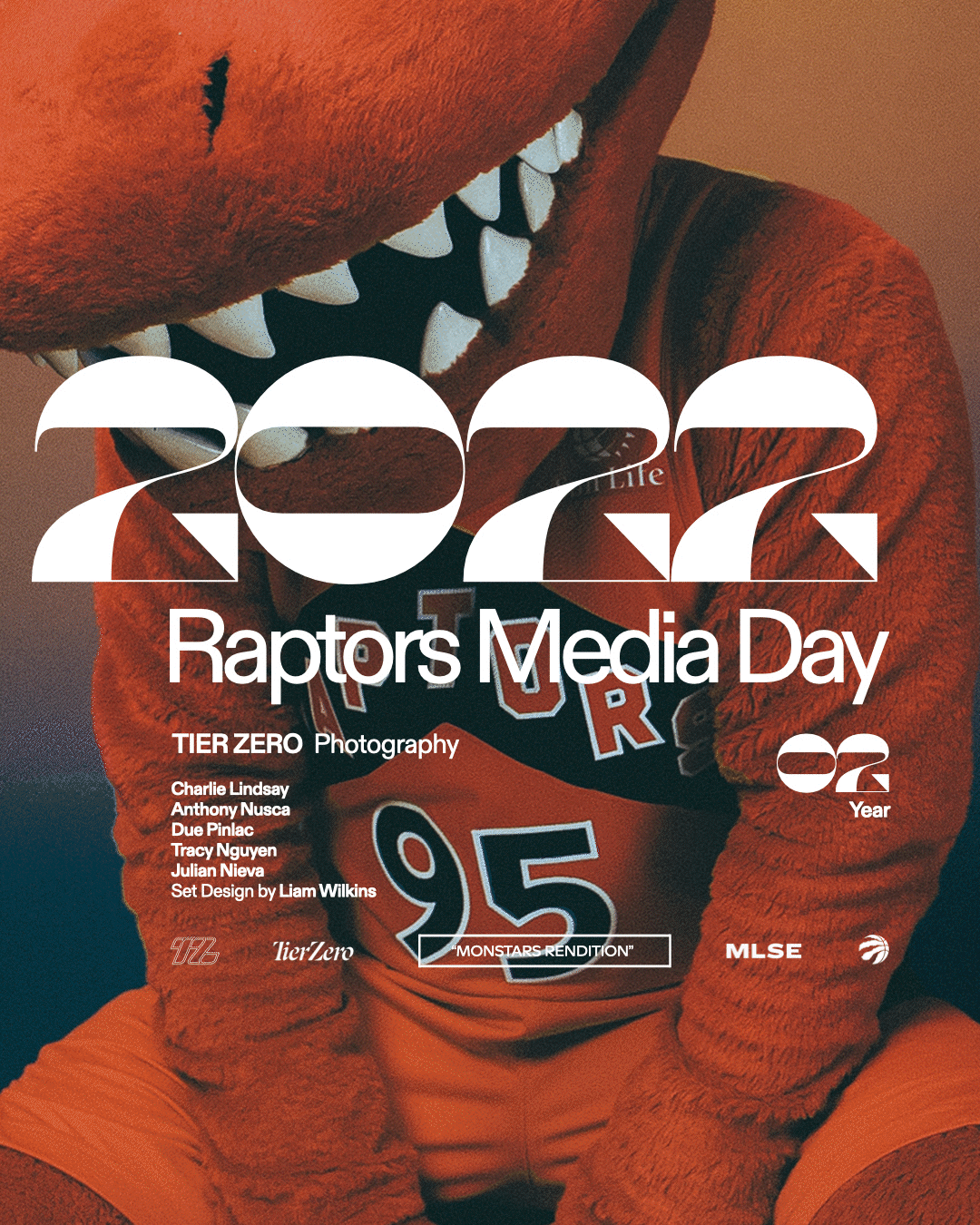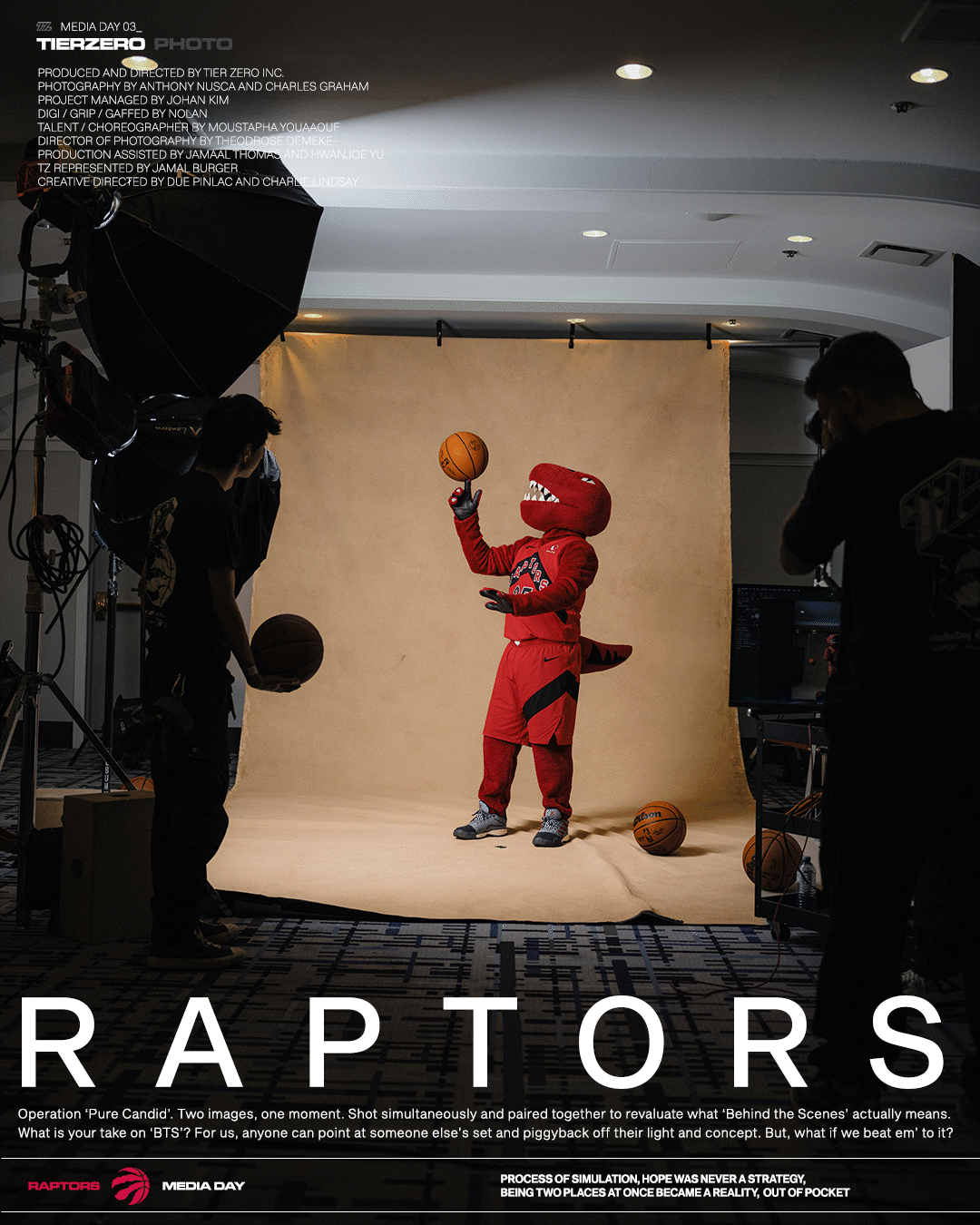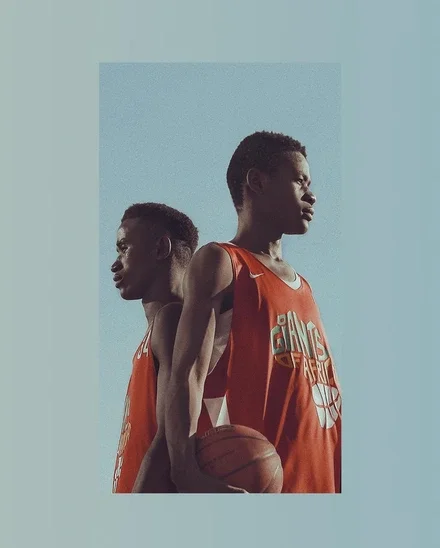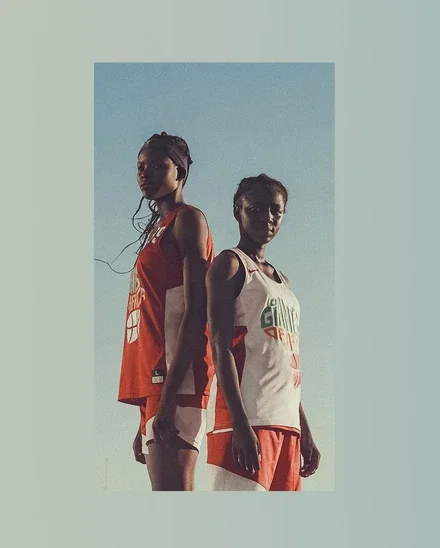Trust Your Game – Due Pinlac
Creative Director for Pascal Siakam and a multidimensional visual composer, Due Pinlac is a Canadian storyteller with Filipino roots whose path blends art, culture, and global basketball influence.
Interview by Overseas | Gianmarco Pacione
Photography by Due Pinlac
“Trust is your currency,” says Due Pinlac when reflecting on his work: trust built on deep ties to hoop culture, enriched by contemporary storytelling, creative collaboration, and moments of basketball brilliance on a global scale.
Born in Vancouver, Pinlac has crafted a career that seamlessly merges artistic vision with commercial appeal. Now serving as the Creative Director for NBA star Pascal Siakam, his biography spans diverse basketball realms and personalities across the world.
His journey naturally connects aesthetics, content production, and a deep fascination with the Game, creating a body of work that speaks to the rhythm of the hardwood as both personal positioning and collective culture.
[OVERSEAS] How did your passion for photography and videography begin, and how did you first get involved with basketball?
[DUE PINLAC] Photography and Film started during the DSLR boom, specifically when the Canon T3 rebel series was coming out it was making it more cost efficient for filmmakers to create with a nifty fifty (50mm 1.8) and a dream. I’ve always had an affinity for video production, in high school when there were projects that involved using a camcorder, I took the initiative to direct, shoot, and edit them despite the painstaking time it took to bring it to the finish line…. I just never knew it would translate to an actual job because as much as it gave me a lot of fulfillment, I never thought twice of it becoming a potential career. However once the DSLR boom hit with the releases of the 5k mark iii or rebel series, the skepticism was progressively turning into a naïveté because producing a high quality image was becoming much more accessible. Basketball was always around. My older brother was usually the best in his class and I would try to follow in his footsteps… was always a fan of the sport but lacked the skills of actually becoming a decent player. Combining the love for both film and basketball translated into one of my first job in the field which was a shooter/editor for an agency called Victory, I was one of their first hires and one of their first clients was NIKE. And being a startup while maintaining that relationship with one of the biggest brands in the world, pushed oneself to the limits of creating with speed and quality simultaneously. It was one of the fundamentals on how I approach the work I do with professionalism and humility.
[O] Who/what have been your main inspirations or reference points in your work, and what are you aiming to express through both the Tier Zero project and your personal artistic vision?
[DP] Main inspirations are actually commercial directors such as Miles Jay, Maceo Frost, and even Spike Jonze. Commercial is such a unique niche that gets a lot of flack for being disingenuous for trying to ‘sell’ a product or service but ultimately it’s parallel to the game of sport — time limit, working with teams, and conditioning. If we’re talking inspiration from purely creative and colleagues that I’ve been associated with are Madbury Club and Nikita Rusin. Tier Zero was an agency/production house that I used to co-own and run with my best friends. Our niche by default was sports but when developing a company direction, we were all in different head spaces of finding synergy.
[O] What has your experience been like working in a photo studio setting? How do you build trust with players and navigate the often chaotic, high-pressure environment, especially when time is limited?
[DP] Whether in a studio or on the field, it just boils down to the light and creative. How much dedicated pre-production you decide to put in will determine the quality of the work itself, with considering not only the creative but the logistics and marrying the two to make sure it adds up for a flawless execution. Trust is your currency with players. At the end of the day, they want to be in and out within these given environments and you as the director/photographer/creative is making sure they are comfortable in their own skin and being there for the lease amount of time they should be in there for.
[O] You’re now Pascal Siakam’s creative director — what does that role involve, and how do you see the role of creative direction evolving in the NBA and professional sports more broadly?
[DP] Being Pascal’s CD has been a fairly experimental process. If you look around the League a lot of players now have their own “video guy” or “the friend from high school who happens to have a dslr and shoots photos” but there really isn’t creative right hands who collaborates with their player and strategizes their brand from top to bottom… and I’m trying to set that standard of building that world for P. At the end of the day, all players are different, from tiers to priorities, each of em have their own agendas and how they want to spend their time, money, and energy on and off the court… which will dictate how they want to present themselves to the world. From focusing on leveraging brand deals to keeping the main thing the main thing…building a strategy for brand or income will vary and it is up to the creative to shape the narrative, image, and brand for the player to leverage for their future.
[O] What themes do you explore when capturing both the personality and identity of an NBA star like Siakam? And is he actively involved in the artistic process too?
[DP] He’s definitely involved and I want him to be. It’s a collaborative process which was strongly encouraged right off the bat because if only one party is invested, it causes an unbalanced experience causing miscommunication and misalignment with execution. Themes that I often explore are based off of the self proclaimed mantra that he’s adapted into his lifestyle which is Humble Hustle. It trickled and sprinkled into everything we put out because at the end of the day you can’t get mad at effort. Through my execution or through his performance on court, the alignment of giving maximum effort is shown flawlessly without having to beat our chests.
[O] You’ve had the opportunity to travel widely, including Africa for the Giants of Africa project. As a storyteller, how do you experience these moments, and what details do you look for when encountering new cultures and basketball environments for the first time?
[DP] I love travelling, especially with a camera and a Filipino identity prompts unique opportunities to tell stories with humility and curiosity. I sometimes go to countries where they are seeing a person like me in the flesh for the first time and they yell out “CHINA CHINA CHINA?” or go up to my head and pat my hair to feel the different texture of it. At first, a knee jerk reaction would be offensive but if you peel it back and take in their upbringing and even access to information, they might just know any better and are genuinely curious about where I’m from and what I can offer… and at that moment it’s a simple conversation and grabbing a frame to show them a side or perspective of themselves they may not have seen or experienced before. That’s it — as humans we’re in need of connection and my medium of expression allows me to cut through quicker despite the language barrier or difference of upbringing.
[O] What are your hopes and expectations for the next chapter of your professional journey?
[DP] As I mentioned, my first year with Pascal was an experiment and coming into this upcoming season, I’m taking on more of a part-time position which leaves more room to collaborate/connect with more entities and creatives alike. I’m open if our values align.


